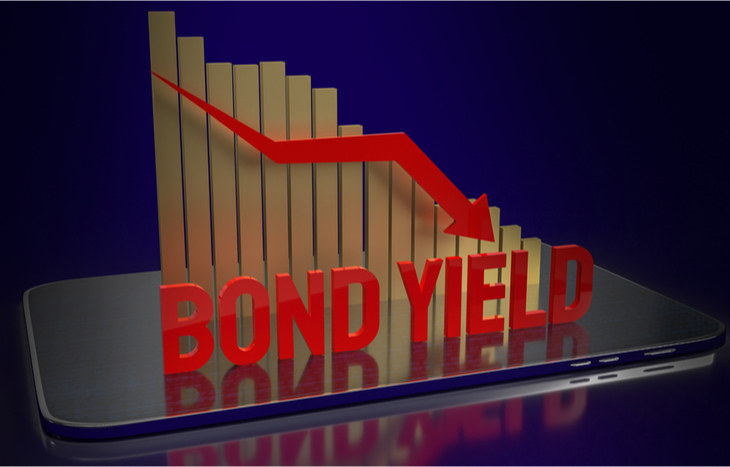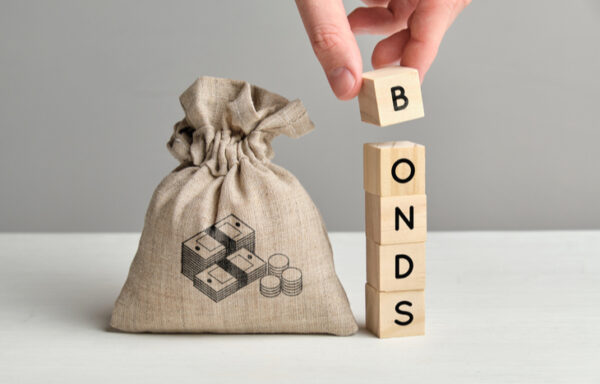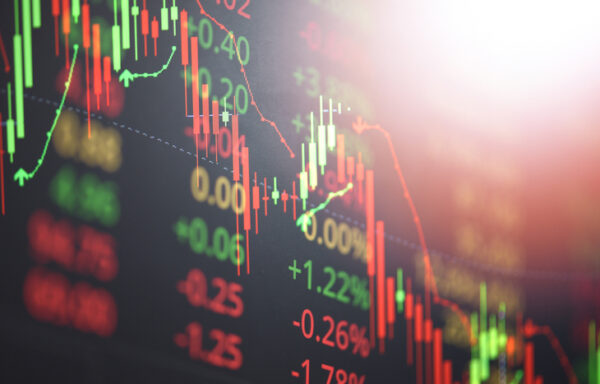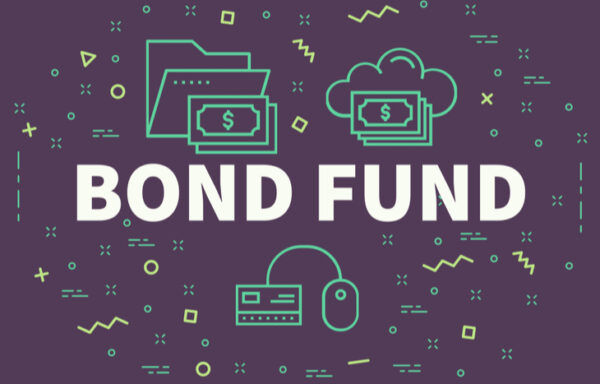What is Bond Current Yield?
One of the simplest ways to evaluate a potential bond investment is via the bond’s current yield. Bond current yield is a simple measure of what the bond will earn if you buy and hold it for a year based on its current price and coupon. For fixed-income investors, current yield is a crucial metric that tells them what they can expect to earn as a bondholder.
Because bond prices constantly change based on market conditions, current yield isn’t indicative of total return on a bond investment. For this, investors would look at yield to maturity (YTM). Instead, current yield is a short-term metric that matters more to those looking to capitalize on the current market price of a bond relative to its coupon rate.
Here’s a closer look at bond current yield: why it’s important, how to calculate it and how this metric factors into a comparison of bonds.

How to Calculate Bond Current Yield
When looking at bond current yield, the only two metrics that matter are the bond’s current price and its coupon rate. Again, this is because current yield only represents the return over a short-term period (one year). As such, the formula is very simple:
Current Yield = Annual Interest / Current Price
Let’s say, for example, that there’s a $1,000 bond with a $100 coupon payment. The current yield is 10% ($100/$1,000). You can also substitute annual interest for the coupon rate times the par value, which amounts to the same thing using a more protracted form of the equation. In either case, the result is how much you can expect to earn in each non-maturity year of the bond based on its current price.
Current Price Matters for Current Yield
The reason current yield matters as a metric for potential bond investments is because the current price of bonds is ever-changing. The bond’s yield is affected based on whether it’s currently selling for a premium or a discount. Here’s a look at the same bond under differing market conditions:
- $1,000 bond selling at par value with a $100 coupon has a 10% current yield.
- $950 bond selling at a discount with a $100 coupon has a 10.53% current yield.
- $1,050 bond selling at a premium with a $100 coupon has a 9.52% current yield.
A small inflection of the market price one way or the other affects current yield. This, in turn, makes the bond more or less appealing to fixed income investors seeking to get the best possible value from a bond. It can dictate whether they choose to buy and hold a certain bond based on market conditions.
Because coupon rates and par values are both fixed, bonds selling at a premium will have a lower current yield, while bonds selling at a discount have a higher current yield.
Buying and Selling Bonds Based on Current Yield
Bond current yield is a big factor in transacting bonds. How much the bond pays out in the short-term can affect its profitability as it’s transacted.
For example, if you buy a $1,000 bond with a $100 coupon payment and hold it for two years, you’ll have earned $200 on that bond. If you decide to sell it and the market price of the bond is only $950, your profit drops to $150. Likewise, if it’s valued at a premium of $1,050, your profit increases to $250.
The current yield approximates what you’re likely to earn by holding vs. selling. Current yield can help a bondholder determine if they’re earning a lucrative amount or if they’re better off selling and reinvesting those funds.
Comparing Current Yield and Yield to Maturity
It’s almost impossible to talk about bond current yield without also talking about yield to maturity (YTM). Yield to maturity is what a bondholder can expect to earn if they hold the bond to maturity: compounded coupon payments and the par value. It’s a complex formula that accounts for the time value of money—the fact that a dollar today and a dollar tomorrow aren’t equal in value.
Where bond current yield is a short-term metric, YTM considers the full term of the bond. It’s a far more powerful metric for fixed-income investors laddering bonds or planning out a long-term passive income strategy. To calculate YTM, you’ll need to know the bond’s market price, par value, coupon rate and time to maturity.
Want an even simpler way to calculate bond current yield and yield to maturity? Check out our bond yield calculator.
The Bottom Line
Current yield is a great way for investors to estimate the annual return at a glance. However, it’s important to remember that this is just a snapshot of the current yield based on specific factors. Overall, these are factors that will continue to change over the term of the bond. Fixed-income investors who plan to buy and hold will find more value from metrics like yield to maturity.
Remember that price and yield have an inverse relationship. The market price can have a big impact on current yield, which changes the viability of an investment. Investors should calculate bond current yield as they evaluate bonds in a market full of both premium and discount options, each with varying coupon rates.





